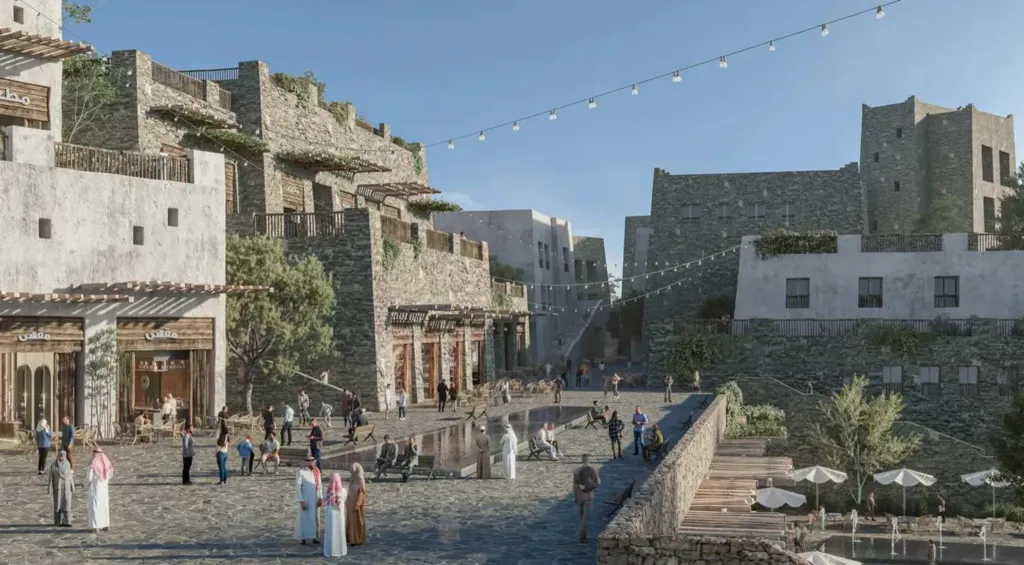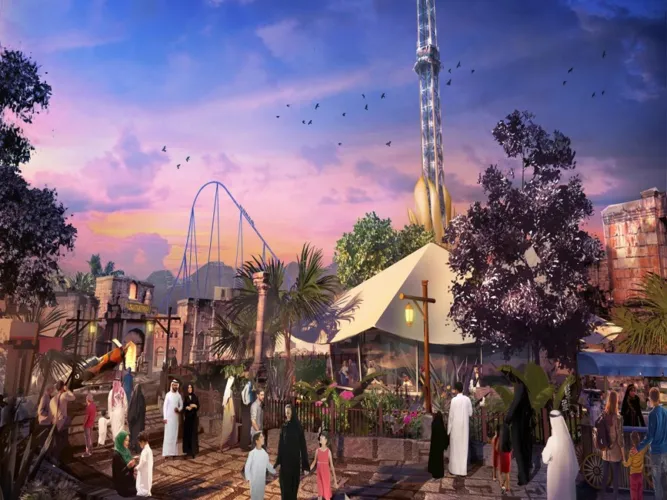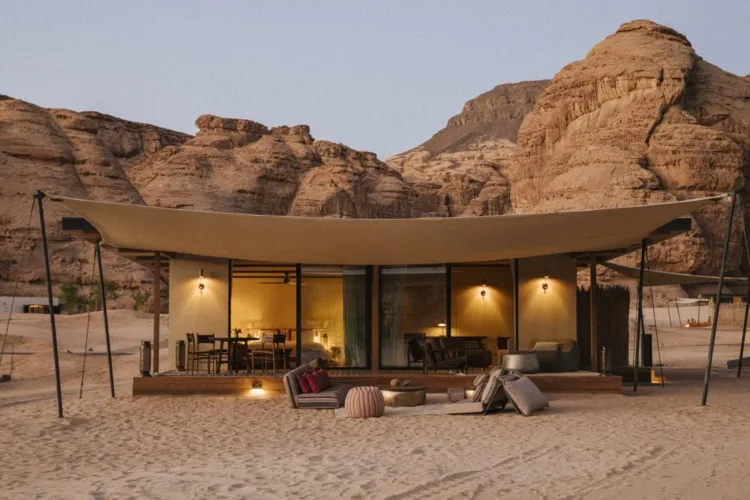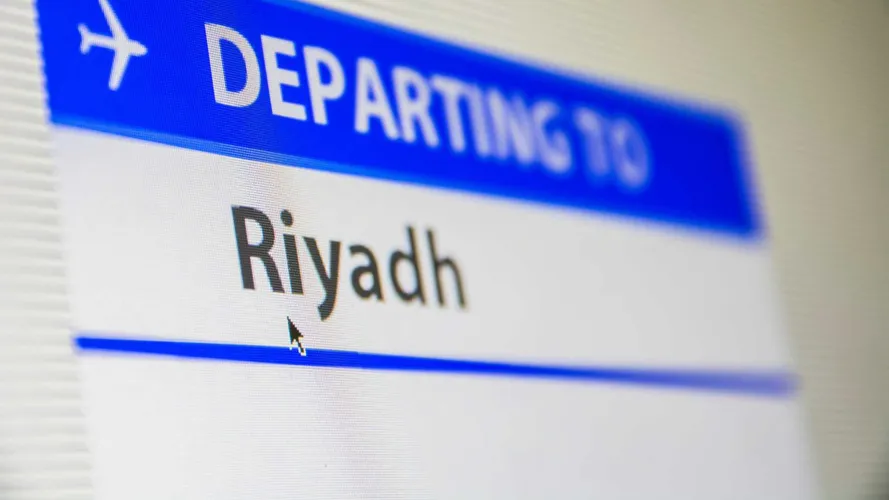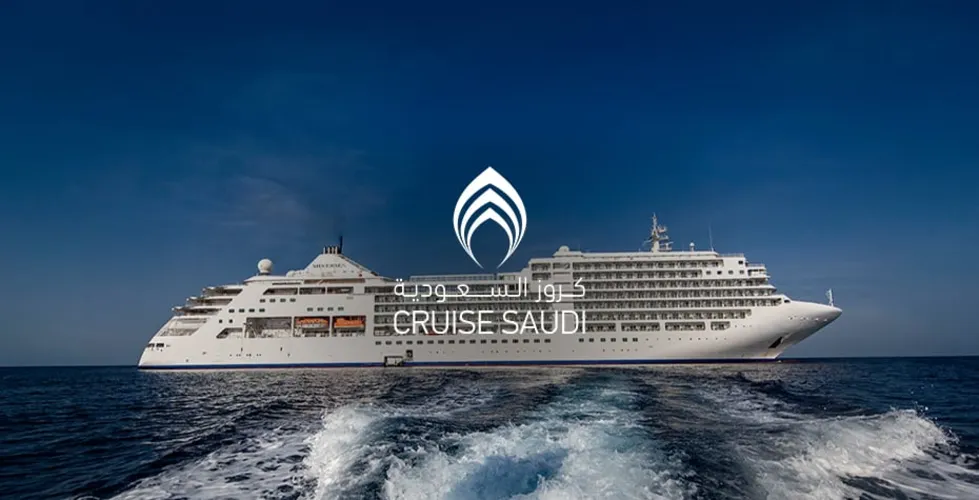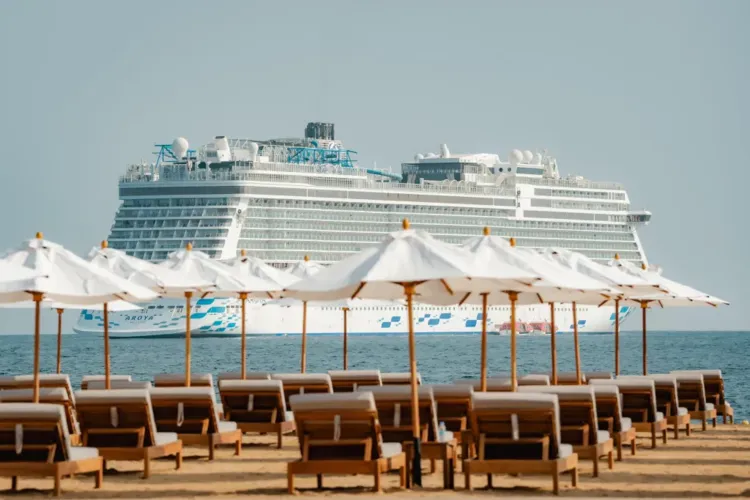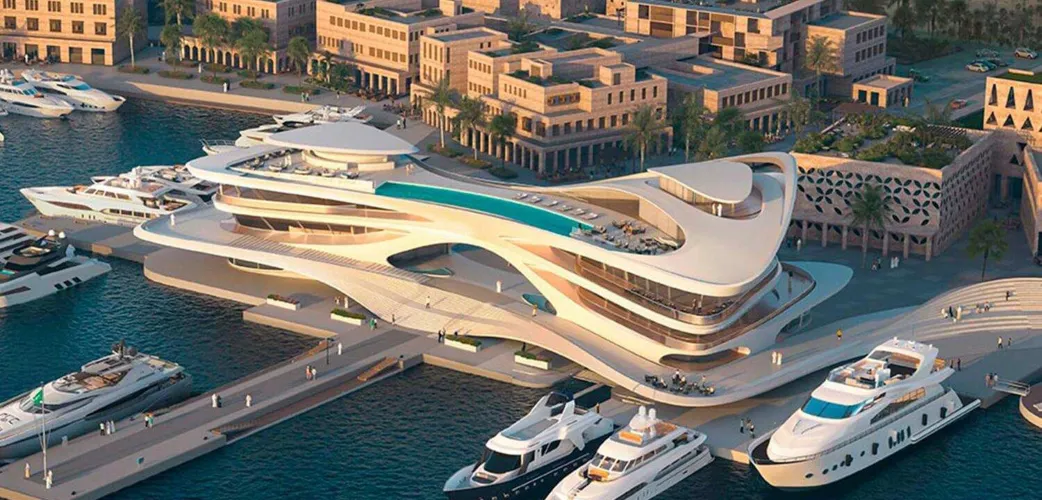Saudi Cultural Tourism to Boost GDP by 10%
Saudi Arabia’s Vision 2030 has set an ambitious target: increase tourism’s contribution to GDP from 3% to 10% by 2030. Within this framework, Saudi Cultural Tourism has emerged as a central pillar, blending heritage preservation with modern hospitality. The Kingdom aims to attract 100 million annual visitors by 2030, positioning itself as a global hub for authentic cultural experiences.
$7.8 Billion Projects Fueling Saudi Cultural Tourism
Flagship developments such as Soudah Peaks, valued at USD 7.7 billion, highlight the scale of investment in cultural and eco-tourism. These projects are expected to generate over USD 7.8 billion in GDP impact by 2033, while creating thousands of jobs in hospitality, retail, and transport. By leveraging underexplored landscapes and cultural richness, Saudi Arabia is carving a niche distinct from the commercialized offerings of neighboring Gulf states.
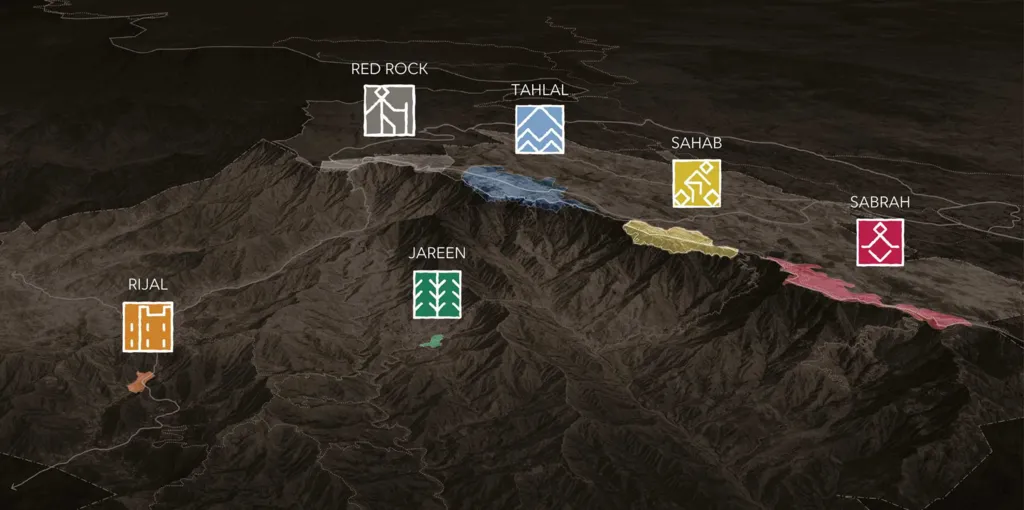
Heritage as a Competitive Advantage
The Kingdom’s cultural assets are vast: UNESCO-listed sites like Al-Hijr (Madain Salih), the historic city of Diriyah, and the vibrant traditions of the ‘Asir region. Unlike destinations that rely solely on luxury, Saudi Cultural Tourism emphasizes authenticity—traditional crafts, regional cuisines, and architectural heritage are integrated into new developments. This approach not only attracts international travelers but also strengthens national identity.
Environmental Sustainability in Cultural Tourism
Saudi Arabia’s cultural tourism strategy is closely tied to environmental stewardship. Projects in the ‘Asir Mountains, for example, are designed to balance development with conservation of juniper forests and wildlife habitats. By embedding sustainability into tourism infrastructure, the Kingdom aims to set a precedent in the Middle East: proving that economic growth and ecological preservation can coexist. This eco-conscious positioning appeals to the growing global segment of environmentally aware travelers.
Social Inclusion and Community Benefits
For Saudi Cultural Tourism to succeed, local communities must be active participants. Employment opportunities, skill development programs, and infrastructure upgrades are being prioritized to ensure residents benefit directly. By integrating local voices into planning and operations, Saudi Arabia reduces the risk of cultural homogenization and instead empowers communities to showcase their heritage on a global stage.
Overcoming Challenges in Global Perception
Despite progress, challenges remain. Saudi Arabia must continue reshaping its global image to attract international tourists in a competitive market. Relaxed visa policies and high-profile events like Riyadh Season are steps in the right direction, but perceptions of conservatism still linger. Delivering on promises of inclusivity, sustainability, and cultural immersion will be critical to winning over skeptical travelers.
Lessons from Regional Neighbors
The UAE and Oman have successfully developed luxury and eco-tourism sectors, offering valuable lessons. However, Saudi Arabia’s advantage lies in its underexplored landscapes and cultural depth. By positioning itself as a destination for authentic, immersive experiences rather than purely commercial tourism, the Kingdom can differentiate itself and capture a unique share of the global market.
Saudi Cultural Tourism as a Global Trendsetter
Global travel trends show rising demand for eco-friendly and culturally immersive experiences. Saudi Arabia’s strategy aligns perfectly with this shift. If executed effectively, cultural tourism could redefine the Kingdom’s global image, attract sustainable investment, and establish Saudi Arabia as a leader in heritage-driven tourism.
Also Read: Saudi Arabia’s Cultural Tourism Surges 108% Beyond Pilgrimage
FAQs on Saudi Cultural Tourism
1. What is Saudi Cultural Tourism?
Saudi Cultural Tourism refers to the Kingdom’s strategy of promoting its heritage, traditions, and natural landscapes as part of Vision 2030, aiming to attract both domestic and international visitors.
2. How much will tourism contribute to Saudi Arabia’s GDP by 2030?
The goal is to increase tourism’s share of GDP from 3% to 10% by 2030, supported by large-scale cultural and eco-tourism projects.
3. What are the major projects driving Saudi Cultural Tourism?
Flagship initiatives include Soudah Peaks (USD 7.7 billion), Diriyah Gate, and AlUla’s heritage development, all designed to blend luxury with cultural authenticity.
4. How does Saudi Arabia ensure sustainability in tourism?
Projects are designed to balance development with conservation, particularly in ecologically sensitive areas like the ‘Asir Mountains, preserving biodiversity while welcoming visitors.
5. What role do local communities play in cultural tourism?
Local residents benefit through employment, skill development, and infrastructure upgrades, while their traditions, crafts, and cuisine are showcased to global audiences.
6. What challenges does Saudi Cultural Tourism face?
Key challenges include reshaping global perceptions, competing with established destinations, and ensuring projects are delivered on time and within budget.
7. Why is Saudi Arabia uniquely positioned in the tourism market?
Unlike heavily commercialized destinations, Saudi Arabia offers underexplored landscapes, UNESCO heritage sites, and authentic cultural depth, appealing to travelers seeking immersive experiences.

